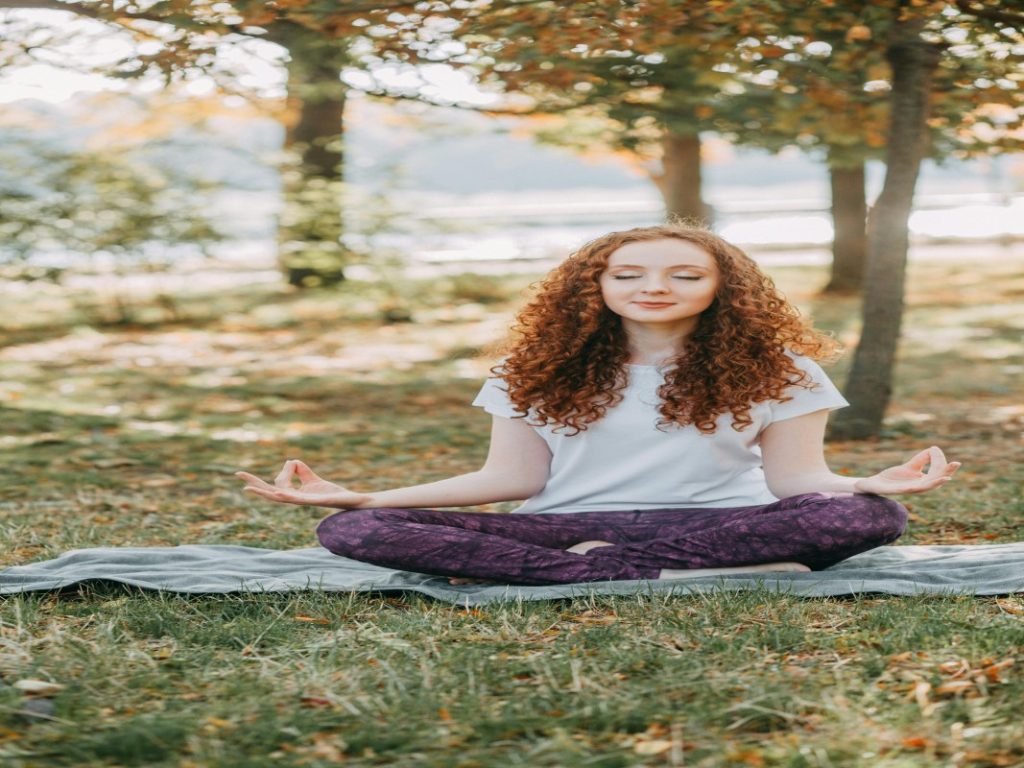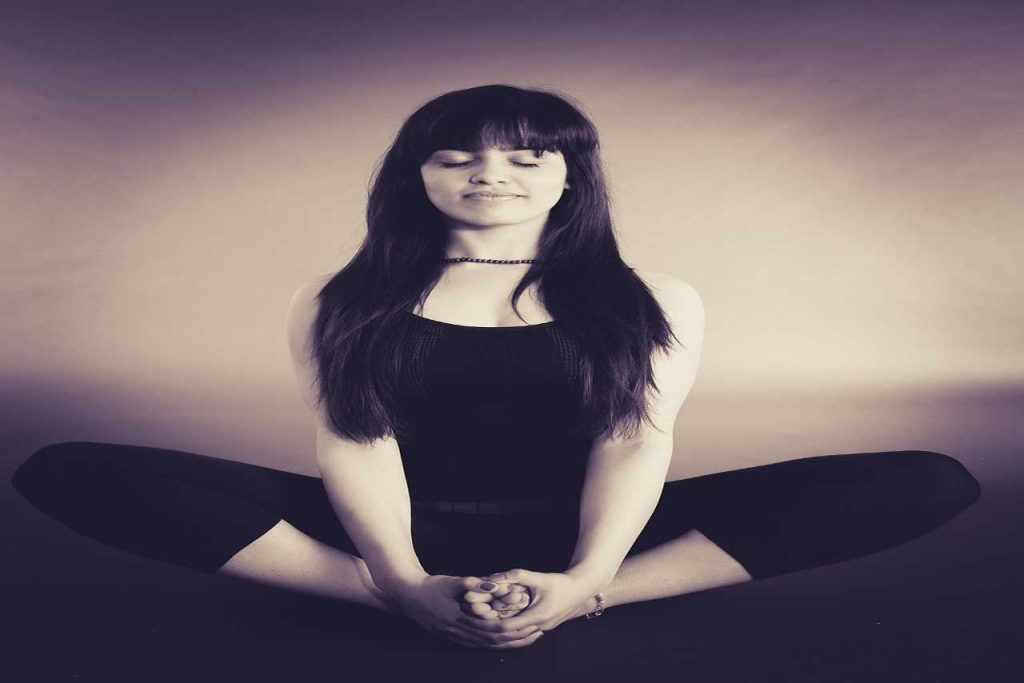In today’s fast-paced, high-pressure world, finding peace and calm can feel like an impossible goal. The demands of work, family, and the relentless stream of digital distractions leave little room for quiet reflection or relaxation. But amidst the chaos, there is a powerful tool you can use to find balance, calm, and clarity: meditation.
Meditation is an ancient practice with roots in many cultures and traditions, and it’s increasingly embraced in modern life for its ability to reduce stress, improve focus, and promote mental and emotional well-being. Even better? It’s simple, free, and can be practiced by anyone, anywhere.
This blog will walk you through five easy steps to get started with meditation and help you establish a practice that brings more peace into your life.

Why Meditation Matters
Before diving into the steps, let’s take a moment to explore why meditation is such a powerful tool for improving your mental and emotional well-being. Here are just a few of the incredible benefits:
1. Reduces Stress and Anxiety
The pressures of modern life can lead to chronic stress, which takes a toll on both the body and mind. Meditation has been proven to reduce levels of cortisol (the stress hormone), helping to lower overall stress and anxiety. Regular meditation helps calm the nervous system, offering a profound sense of relaxation and peace.
2. Enhances Focus and Concentration
One of the most significant benefits of meditation is its ability to improve focus and attention. Studies have shown that meditation strengthens the brain’s prefrontal cortex, the area responsible for concentration, decision-making, and self-discipline. With regular practice, you’ll notice that your mind wanders less, and you’re able to stay focused on tasks for longer periods.
3. Promotes Emotional Health
Meditation encourages mindfulness and self-awareness, which can lead to better emotional regulation. This practice helps you become more aware of negative thought patterns and teaches you how to respond to them with greater calm and balance. Over time, meditation fosters a positive outlook, reducing symptoms of depression and anxiety.
4. Improves Sleep Quality
Sleep disorders like insomnia are often linked to stress and an overactive mind. Meditation promotes relaxation and reduces the mental chatter that can keep you awake at night. By meditating before bed, you can create a more peaceful mind that’s better prepared for restful sleep.
5. Boosts Self-Awareness and Mindfulness
Meditation helps you develop greater self-awareness by encouraging you to observe your thoughts and emotions without judgment. This can help you identify triggers, break bad habits, and cultivate a more compassionate attitude toward yourself and others.
With so many benefits to offer, meditation is a practice worth incorporating into your daily life. Let’s explore how you can start meditating in just five simple steps.

Step 1: Create a Quiet, Comfortable Space
The first step to a successful meditation practice is creating a space where you feel comfortable and free from distractions. The environment you meditate in plays a significant role in how effective your practice will be.
Setting the Scene for Meditation:
- Choose a Quiet Spot: Whether it’s a corner in your living room, a spot in your garden, or a space in your bedroom, find a place where you can sit undisturbed for a few minutes. The goal is to minimize distractions, especially from noise or people.
- Make it Comfortable: You don’t need any special equipment to meditate, but it’s important to be comfortable. Sit on a cushion, yoga mat, or chair—whatever helps you sit with an upright posture while still feeling relaxed. Avoid lying down, as it might make you too relaxed and sleepy.
- Consider Ambiance: You might want to dim the lights or light a candle to create a calming atmosphere. Some people like to diffuse essential oils, such as lavender or sandalwood, to enhance relaxation. Others prefer complete simplicity with just the natural light in the room.
Why it Matters:
Your environment can significantly influence your meditation experience. A quiet, comfortable space helps you focus inward and settle into a state of relaxation more easily. Over time, this space can become a mental trigger for calm and mindfulness.
Step 2: Focus on Your Breath
With your space set, the next step is to focus on your breath. Your breath is a powerful anchor to the present moment. It’s always there, and focusing on it helps draw your attention away from external distractions or internal chatter.
How to Focus on Your Breath:
- Close Your Eyes: Softly close your eyes to block out visual distractions. This helps you focus inward and be more aware of your sensations.
- Breathe Naturally: There’s no need to change your breath at this stage. Let it flow naturally. Simply observe the sensation of your breath as it enters your nostrils, fills your lungs, and leaves your body.
- Feel the Sensations: Pay close attention to how the breath feels. Notice the coolness of the air as it enters your nose and the warmth as you exhale. Focus on the rise and fall of your chest or abdomen with each breath.
- Use Counting if Needed: If you find it difficult to stay focused, try counting your breaths. Inhale slowly and count to four, hold the breath for four counts, then exhale for another count of four. This gives your mind something to focus on while keeping your breathing steady.
Why it Matters:
Focusing on your breath draws your attention away from the constant stream of thoughts and helps you stay present. It also provides a calming effect on both the body and mind, reducing anxiety and stress.
Step 3: Observe Without Judgment
One of the common misconceptions about meditation is that the goal is to stop all thoughts. This is nearly impossible, especially for beginners. Instead, the key is to observe your thoughts without judgment or attachment. Let them come and go without reacting to them.
How to Observe Your Thoughts:
- Notice Your Thoughts: As you meditate, it’s natural for thoughts, memories, and feelings to arise. When this happens, don’t try to push them away or engage with them. Simply notice them as they appear.
- Let Them Pass: Visualize your thoughts as clouds floating in the sky. They come and go, but they don’t linger forever. Allow your thoughts to pass naturally without getting swept up in them.
- Return to Your Breath: When you notice your mind wandering, gently bring your focus back to your breath. It’s normal for your mind to wander, especially in the beginning. Each time you bring your focus back, you strengthen your mindfulness muscle.
Why it Matters:
Meditation is not about having a perfectly still mind but about observing your thoughts with curiosity rather than judgment. This practice cultivates a non-reactive awareness, helping you develop emotional resilience and mental clarity.
Step 4: Cultivate Mindfulness
Mindfulness is the ability to stay present in the moment without being distracted by past regrets or future worries. By practicing mindfulness during meditation, you train your brain to remain more engaged in the present throughout your day-to-day life.
How to Cultivate Mindfulness:
- Stay Present: During meditation, focus on your current experience—your breath, bodily sensations, and the environment around you. When your mind drifts to other thoughts, simply return to the present moment.
- Acknowledge Without Attachment: Whatever you experience—whether it’s boredom, frustration, or even joy—acknowledge it, but don’t get attached to it. Feelings come and go, just like thoughts, and mindfulness helps you observe them without clinging or avoiding.
- Expand Your Awareness: Beyond focusing on your breath, expand your awareness to include sensations in your body or sounds around you. Being aware of the environment while remaining non-judgmental is key to developing mindfulness.
Why it Matters:
Mindfulness is a core component of meditation. It helps you stay rooted in the present, leading to greater self-awareness and emotional balance. When you bring this awareness into your everyday life, you’ll find that you’re better able to handle stress and challenges with a calm, clear mind.

Step 5: Gradually Increase Your Practice
Starting a meditation practice doesn’t require large time commitments right away. It’s more important to be consistent than to meditate for long periods. Begin with short sessions and gradually increase the time as you feel more comfortable.
How to Build Your Meditation Routine:
- Start with 5-10 Minutes: If you’re new to meditation, begin with just 5 to 10 minutes a day. As you get used to the practice, you can slowly extend your meditation sessions to 20 or 30 minutes.
- Set a Regular Time: Meditate at the same time each day to build a routine. Whether it’s in the morning to set a calm tone for the day or in the evening to wind down, find a time that works for you.
- Don’t Aim for Perfection: Meditation is a practice, not a performance. Don’t get discouraged if your mind wanders or if you don’t feel immediately calm. The benefits of meditation come with time and consistent practice.
Why it Matters:
Consistency is the key to reaping the full benefits of meditation. Even short, daily sessions can have a profound impact on your mental and emotional well-being. By gradually increasing your practice, you’ll develop a habit that fits into your lifestyle and brings lasting peace and clarity.
Additional Tips for Meditation Success
Here are a few extra tips to help you get the most out of your meditation practice:
1. Use Guided Meditations
If you’re new to meditation, guided meditations can be incredibly helpful. These sessions provide instructions and help keep you focused. You can find free guided meditations on apps like Headspace, Calm, or YouTube.
2. Incorporate Movement
If sitting still feels uncomfortable, try a moving meditation, such as yoga or walking meditation. This can be a great way to ease into mindfulness while staying active.
3. Don’t Be Hard on Yourself
It’s natural to feel frustrated or impatient when you first start meditating. Remember, there’s no “right” way to meditate. Be patient with yourself and know that each session is a step toward greater calm and mindfulness.
Conclusion
Meditation is one of the most powerful tools you can use to bring calm, focus, and peace into your life. By following these **five easy steps—creating a quiet space, focusing on your breath, observing your thoughts without judgment, cultivating mindfulness, and gradually increasing your practice—you’ll be well on your way to experiencing the profound benefits of meditation.
As you continue your meditation journey, you’ll notice how it positively affects every aspect of your life. Stress will seem more manageable, your focus will sharpen, and you’ll develop a deeper sense of self-awareness and emotional balance. Meditation is not about perfection—it’s about progress. Start small, be consistent, and watch as calm becomes a natural part of your everyday life.

